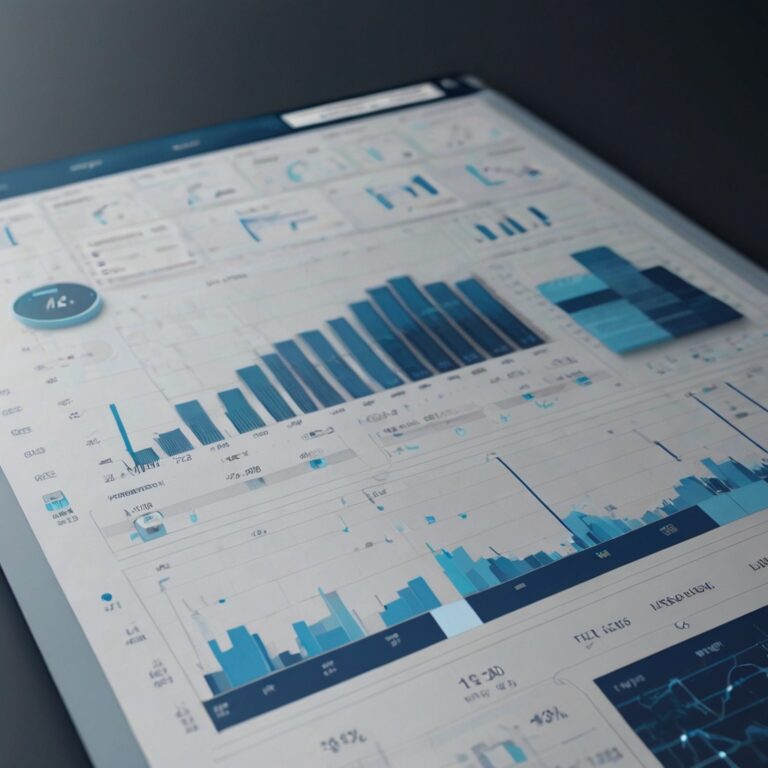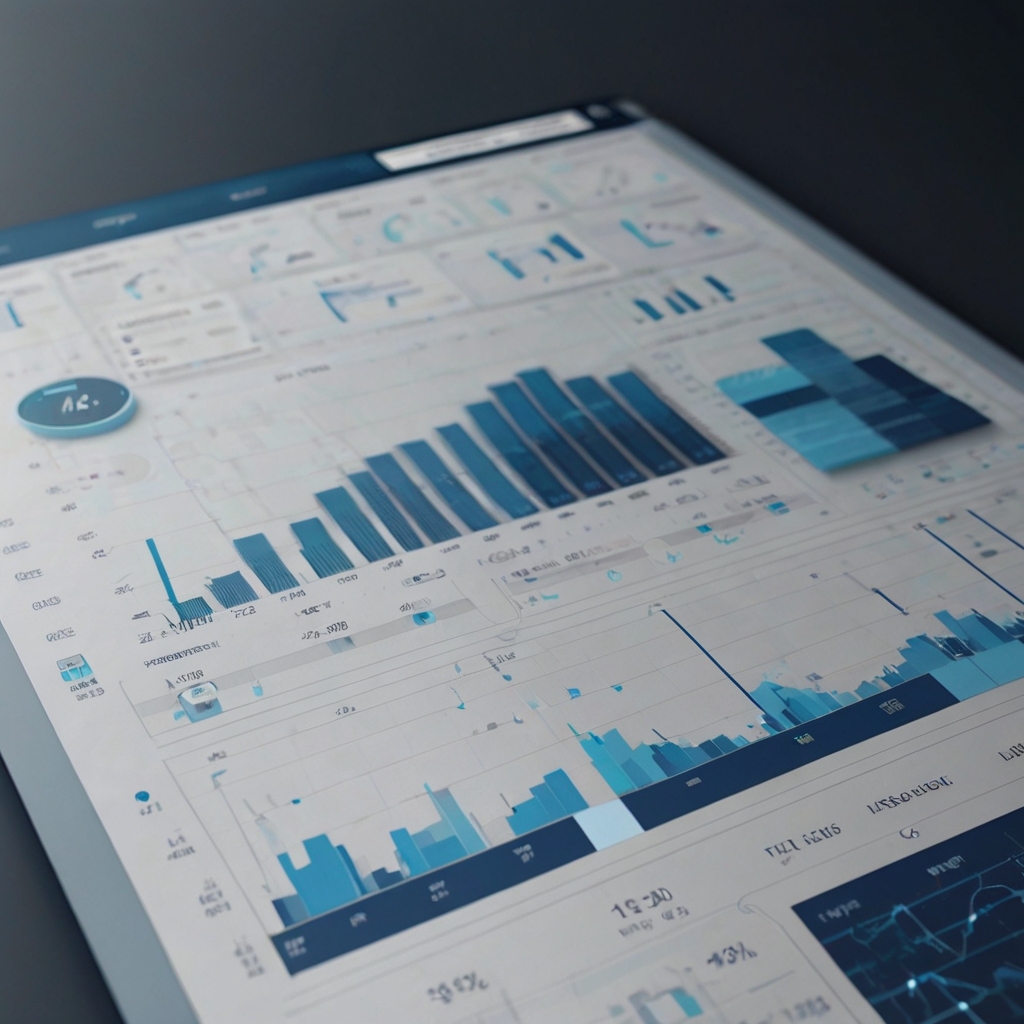What is Augmented Analytics in Technology – Complete Guide for Businesses and Innovators
What is augmented analytics in technology? At its core, augmented analytics is the use of artificial intelligence, machine learning, and natural language processing to simplify how organizations analyze data and make decisions. Instead of relying only on data scientists, augmented analytics empowers business users to generate insights automatically. In today’s fast-moving digital world, where data is often overwhelming, this technology helps companies in the USA and worldwide turn raw numbers into meaningful actions. It’s not just about analytics—it’s about enhancing human intelligence with smarter tools that can predict trends, uncover hidden opportunities, and accelerate innovation.
Understanding Augmented Analytics in Technology
Augmented analytics goes beyond traditional data analysis by automating processes that were once manual and time-consuming. It doesn’t replace humans but supports them by making insights easier to understand and act upon. By integrating AI and machine learning directly into analytics platforms, businesses can reduce guesswork and base decisions on accurate, real-time information.
In technology, augmented analytics is often described as the next stage of business intelligence. It helps organizations shift from descriptive analytics (“what happened”) to predictive and prescriptive analytics (“what will happen” and “what should we do”).
How Augmented Analytics Works
The way augmented analytics works can be broken down into key components:
-
Data Preparation: AI cleans, organizes, and structures raw data automatically.
-
Machine Learning Models: Algorithms detect patterns and predict outcomes.
-
Natural Language Processing: Insights are communicated in plain English instead of complex code.
-
Automated Recommendations: The system suggests next steps, reducing manual effort.
This process turns massive amounts of data into actionable insights without requiring users to be data experts.
Why Augmented Analytics Matters in Technology
In today’s digital economy, data is considered the new currency. However, most companies struggle to use it effectively. Augmented analytics matters because it bridges the gap between complex datasets and business decision-making.
For businesses in the USA, this technology can mean faster reporting, smarter marketing strategies, improved customer experiences, and more accurate forecasting. Instead of only large corporations with big data teams, augmented analytics democratizes insights, making advanced analysis accessible to everyone from small startups to global enterprises.
Applications of Augmented Analytics in Technology
Augmented analytics is already transforming industries across the globe. Some common applications include:
-
Business Intelligence: Helping executives track performance in real-time.
-
Healthcare: Assisting doctors with predictive diagnostics and treatment plans.
-
Finance: Detecting fraud and improving investment strategies.
-
Retail: Personalizing customer experiences with AI-driven insights.
-
Manufacturing: Optimizing supply chains and reducing operational risks.
-
Marketing: Identifying customer trends for targeted campaigns.
These applications highlight the versatility of augmented analytics in modern technology-driven businesses.
Benefits of Augmented Analytics in Technology
Adopting augmented analytics comes with several advantages:
-
Faster Decision-Making: Automated insights reduce delays.
-
Improved Accuracy: AI minimizes human bias and error.
-
Scalability: Handles large datasets with ease.
-
Accessibility: Non-technical users can generate insights.
-
Cost Efficiency: Reduces reliance on specialized data teams.
These benefits make augmented analytics a powerful tool for businesses aiming to stay competitive in an increasingly data-driven marketplace.
Challenges of Augmented Analytics in Technology
Despite its promise, augmented analytics also faces challenges:
-
Data Privacy Concerns: Handling sensitive information securely.
-
Implementation Costs: Initial setup can be expensive.
-
User Adoption: Some employees may resist AI-driven tools.
-
Data Quality Issues: Poor input data can still affect outcomes.
-
Integration Complexity: Aligning with existing systems may take time.
Addressing these challenges is essential for businesses to maximize the value of augmented analytics.
Augmented Analytics and the Future of Work
As augmented analytics becomes mainstream, the workplace will evolve. Instead of relying on specialized analysts, employees across departments will gain access to advanced insights. This shift empowers marketing teams, HR professionals, and operations managers to make data-informed choices independently.
In the USA, this democratization of analytics is expected to improve productivity, innovation, and job satisfaction. Rather than replacing jobs, augmented analytics enhances human decision-making and creates demand for new skill sets in data literacy and AI governance.
The Role of Augmented Analytics in Digital Transformation
Digital transformation isn’t just about adopting new technologies—it’s about reimagining how businesses operate. Augmented analytics plays a crucial role by embedding intelligence into everyday processes. From optimizing supply chains to enhancing customer engagement, it ensures that digital transformation initiatives are backed by accurate, real-time insights.
For US companies, integrating augmented analytics into their digital strategies can provide a competitive edge in global markets.
Augmented Analytics vs Traditional Analytics
The difference between augmented analytics and traditional analytics lies in automation and accessibility.
-
Traditional Analytics: Requires data experts, manual reporting, and time-consuming processes.
-
Augmented Analytics: Automates data preparation, generates insights instantly, and makes analytics user-friendly.
This shift represents a move from complex, specialist-driven analysis to a more inclusive, AI-supported environment where everyone can benefit.
The Future of Augmented Analytics in Technology
The future of augmented analytics is bright. As AI and machine learning continue to advance, analytics platforms will become even more intuitive and powerful. Businesses will move from reactive to proactive strategies, anticipating trends before they happen.
In the USA, augmented analytics is expected to play a vital role in industries like healthcare, finance, and education, shaping how organizations innovate and compete in the digital era.
Final Thoughts
Understanding what is augmented analytics in technology gives us a glimpse into the future of data-driven decision-making. It combines the power of AI with human intelligence, making analytics faster, more accurate, and more accessible. While challenges exist, the benefits are too significant to ignore. For businesses in the USA and beyond, augmented analytics isn’t just a trend—it’s a transformative force that will define the next era of innovation.















